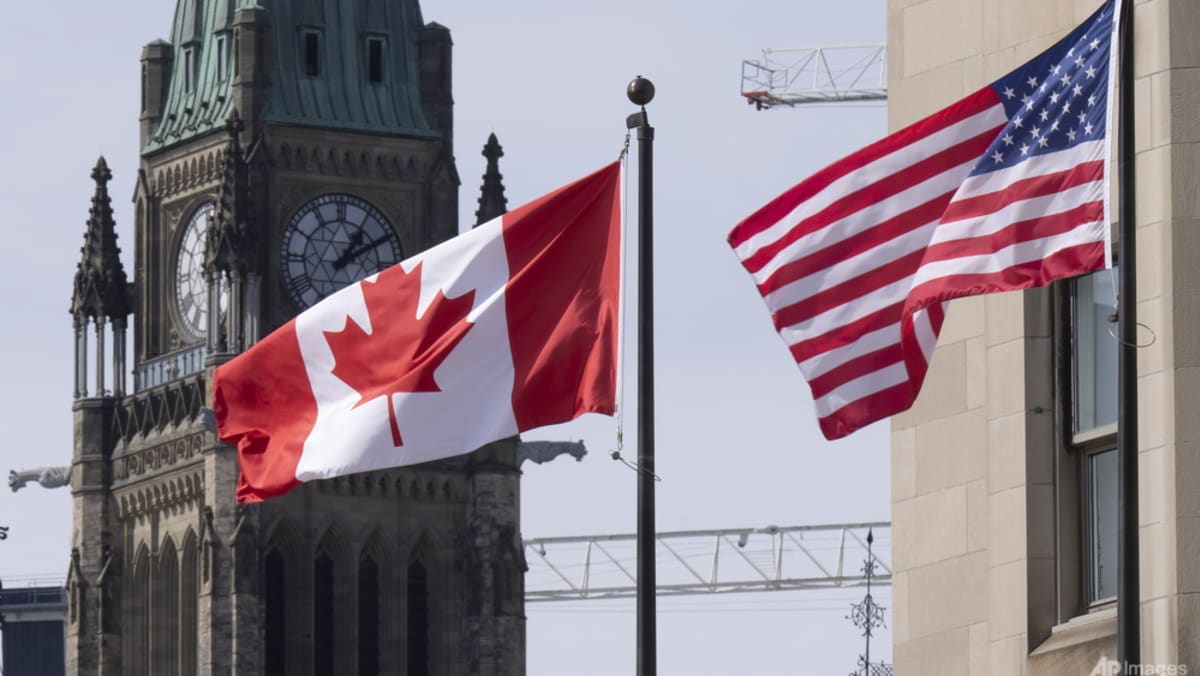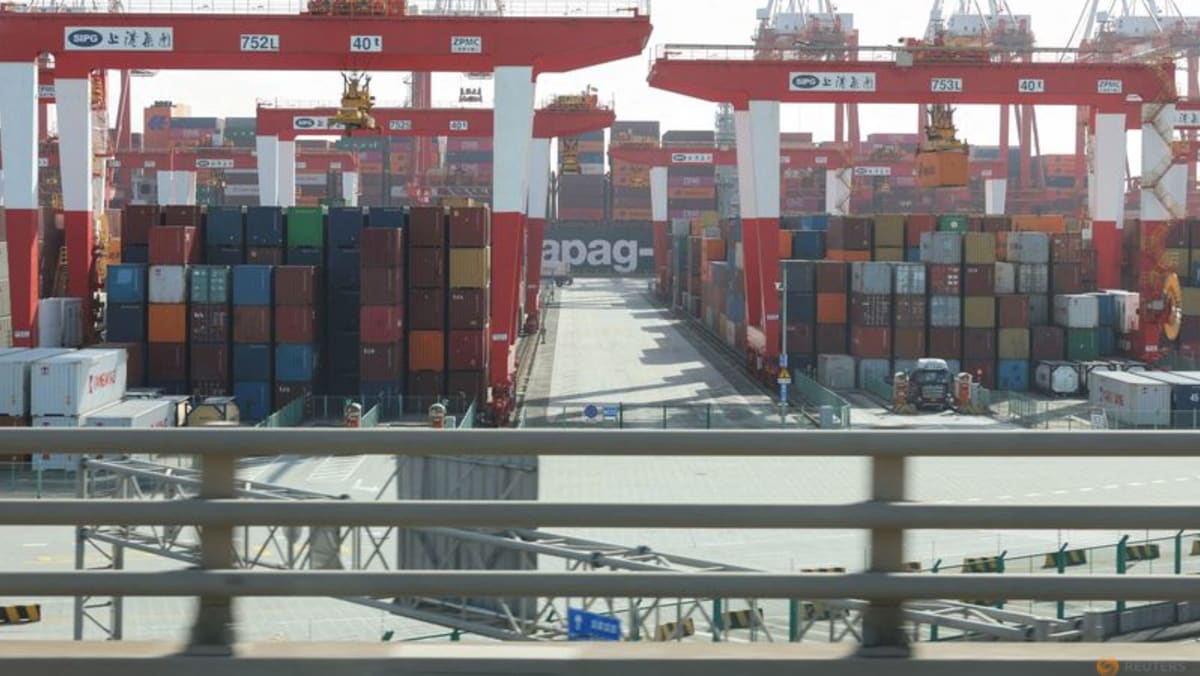NEW YORK: Policy by social media was a hallmark of Donald Trump’s first term in the White House, but many were still shocked by his post three weeks after winning the presidential election in November.
To the surprise of Canadian officials, he announced on his social media platform Truth Social that he would impose a 25 per cent tariff on imports from Canada and Mexico to the United States.
The post set off alarm bells across the northern border, where the US is Canada’s biggest trading partner.
Canada exported nearly US$600 billion worth of goods to America last year, accounting for 77 per cent of its total exports. This included gas, cars, car parts, steel, lumber, grain and more. Up to 2 million jobs in the country also rely on its export industry.
With Trump taking office again on Monday (Jan 20), his arrival is being met with caution by one of the US’ closest allies.
The tariff debate has already had implications in Canada – it was one of the crises facing Canadian Prime Minister Justin Trudeau before his resignation on Jan 6.
CURRENCY ISSUES
Experts flagged concerns over how Canada’s currency and jobs will be affected if Trump’s proposed tariffs are implemented.
Ian Lee, an associate professor of management at Carleton University, noted that the currency markets will “respond instantly” the moment Trump puts pen to paper on the tariffs.
“The number one impact is that the currency markets are extraordinarily dynamic. They operate in real time. They respond instantaneously. There’s no lag. There’s no two-week lag or six-month lag like tariffs,” Lee said.














